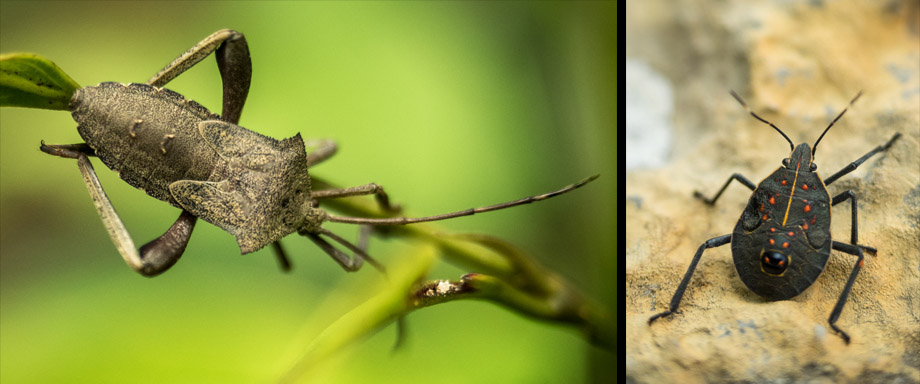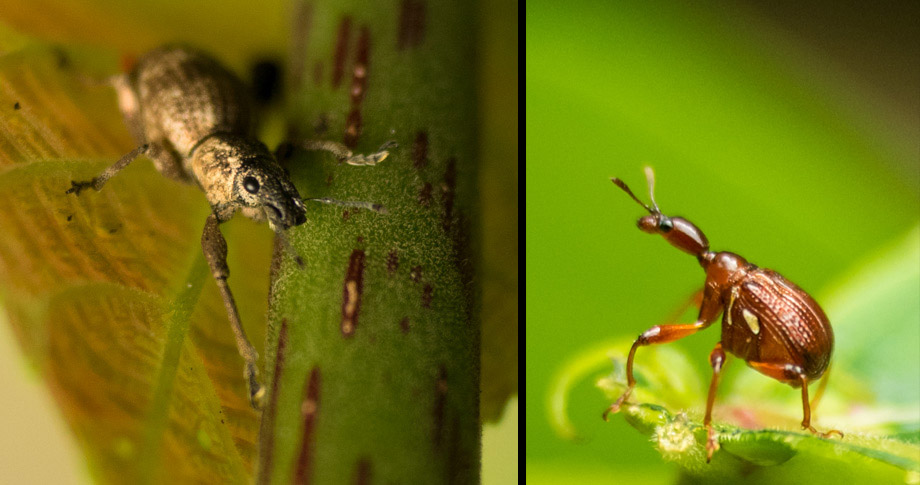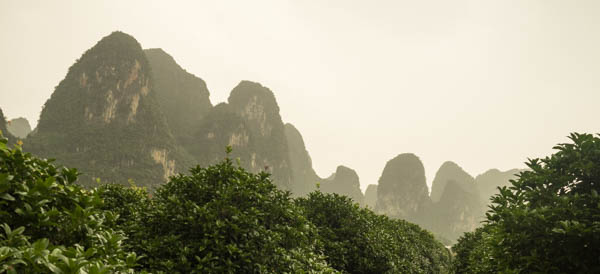June 17, 2016
Posted by Ramon Fadli in Broadleaf Rainforests, Budget, China, Climbing, Guangxi, Humid Subtropical, Karsts
Yangshuo Day 07 – White Mountain & The Egg
Long Legs
There were all sorts of insects around, from those that buzzed around our heads to those that slowly crawled under our feet. The ones that immediately caught my attention were the one with long, long legs. There was one stick insect (Order : Phasmatodea) in particular that seemed very curious and wandered over to our bags and crawled over our climbing rope, whilst a harvestman (Leiobunum sp.) scuttled around in the underbrush. Like spiders, harvestmen are arachnids. Arachnids are distinguished from other insects by several features, namely their four pairs of legs instead of three, and the fact that their head and thorax are fused into something called a cephalothorax, leaving them with two body segments instead of three. Harvestmen are not spiders though. Their body segments have taken it one step further and seem to have fused into just one segment. This is not the case of course, the connection between their abdomen and cephalothorax is just a lot wider, which makes it seem as if they just have one body segment. Harvestmen also do not have silk glands and as such are unable to build webs. Some harvestmen have been known to sway their bodies in order to confuse their predators, a tactic that is similar to that of some spiders!
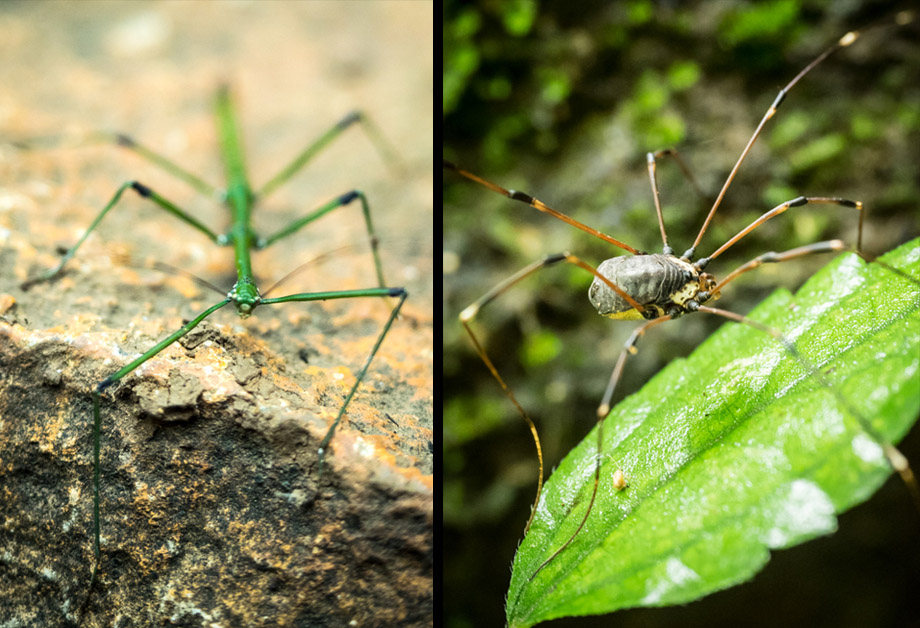
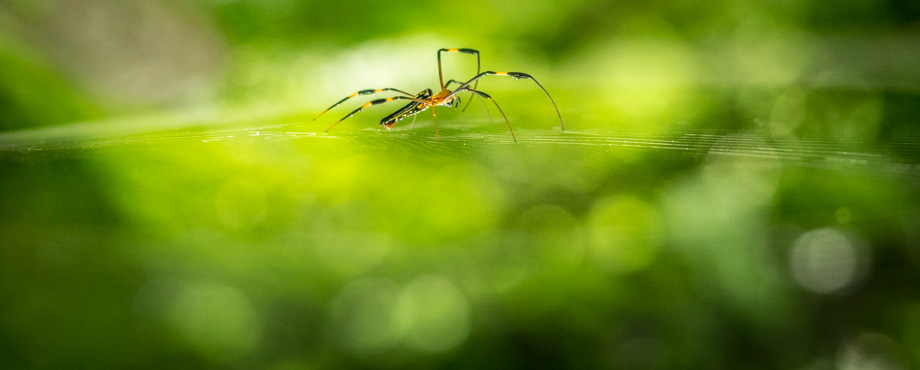
All Shapes & Sizes
There were also several leaf-footed bugs (Family : Coreidae)--which are actual bugs--that were climbing over the plants around us. Most people tend to confuse them with stink bugs (Family: Pentatomidae) as their morphology is quite similar. One quick way to tell them apart is by the number of segments of their antennae: leaf-footed bugs have four segments, whilst stink bugs have five. In fact, the name that has been given to the family that comprises stink bugs, Pentatomidae, literally means 'five sections' in Greek!
